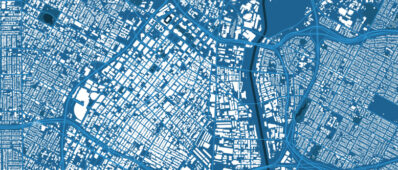Abstract
About 7 percent of California households do not own motor vehicles. Unfortunately, families without cars, trucks, vans, SUVs, or motorbikes are rarely the focus of transportation research and policies, which typically center more on predicting and managing motor vehicle traffic. Widespread automobile ownership has shaped our society by enhancing mobility for most, but these benefits have come at the cost of frequent collisions, heavy traffic congestion, substantial carbon emissions, and widespread noise pollution. In 2015, California Gov. Jerry Brown signed an executive order requiring the state to reduce greenhouse gas emissions to 40 percent below 1990 levels by 2030, accelerating goals previously set by Assembly Bill 32 and Senate Bill 375. While these laws and executive orders have turned reducing vehicle-miles traveled into a prominent policy goal, the path away from an auto-dependent society is far from clear. Accordingly, researchers and policymakers can learn a great deal from the households who live without motor vehicles. To do this, we must first distinguish between â??voluntarily carless households,â?? who have chosen to not own motor vehicles, and â??involuntarily carless households,â?? who are carless by necessity.
